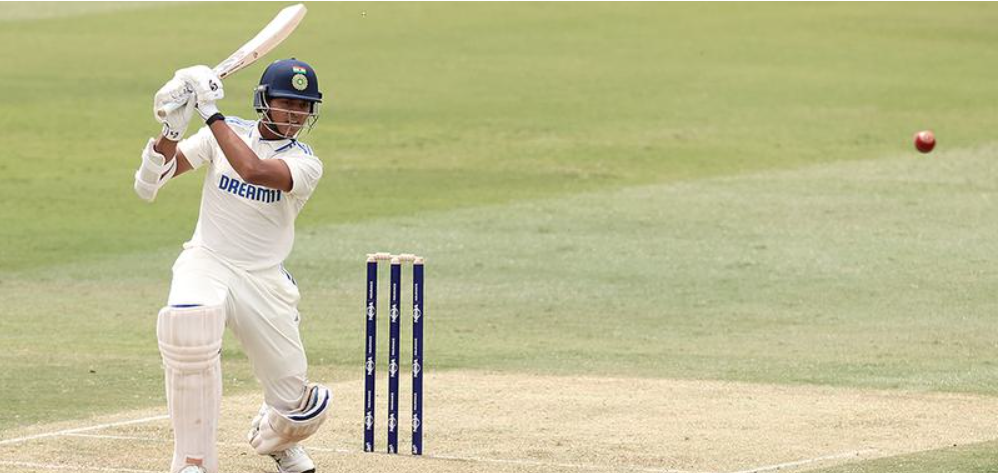The art of cricket often demands more than just skill—it requires adaptability, strategy, and preparation. This was exemplified when Abhishek Nayar, the renowned cricket coach and mentor, highlighted the importance of a centre-wicket match simulation to help players adapt to specific match conditions. Such exercises are increasingly being adopted by teams worldwide to sharpen their players’ abilities and to replicate the challenges they might face in real games.
In this blog, we’ll delve into the significance of centre-wicket match simulations, Nayar’s insights on the topic, and how such training methods enhance a team’s performance in high-pressure situations.
1. Understanding Centre-Wicket Match Simulation
Centre-wicket match simulation involves recreating game-like scenarios on the main playing surface rather than in nets or practice pitches. Players bat, bowl, and field in realistic match conditions, which help them prepare for real-game situations. The key focus is to mimic the intensity, decision-making, and strategy required in an actual match.
Nayar emphasized that such simulations are crucial for understanding pitch behavior, adjusting to weather conditions, and honing specific skills. “It’s not just about playing shots or bowling in rhythm—it’s about reading the situation and responding accordingly,” he noted.
2. Why Match Simulation Is Important
a. Realistic Game Conditions
Traditional practice methods, such as net sessions, often lack the realism of an actual game. In contrast, match simulations:
- Allow players to assess pitch and weather conditions.
- Recreate pressure situations, such as chasing a target or defending runs.
- Provide an opportunity for bowlers to bowl to field settings they would use in matches.
b. Mental Preparation
Match simulations test a player’s mental toughness. Nayar explained, “Players face pressure situations like they would in a real match. The idea is to make them comfortable with discomfort.” 
c. Team Dynamics
Simulations also foster better communication and collaboration among players. For instance, batsmen learn to rotate strikes effectively, bowlers understand their captain’s strategies, and fielders adjust to their positions dynamically.
3. Adapting to Conditions: A Key Takeaway
Nayar’s approach underlines the importance of adaptability in cricket. Conditions vary widely—from turning pitches in the subcontinent to bouncy tracks in Australia or swinging conditions in England. For players to succeed, they must adapt quickly.
a. Reading the Pitch
Centre-wicket simulations help players analyze the behavior of the pitch:
- Is the ball coming onto the bat?
- Is there uneven bounce or spin?
- How does the ball behave under lights versus in daylight?
b. Handling Weather Challenges
Weather can impact both batting and bowling strategies. Simulations allow teams to practice under varying conditions:
- Overcast conditions may favor swing bowling.
- Dry pitches can assist spinners.
- Dew can make gripping the ball challenging for bowlers during night matches.
4. How Teams Are Benefiting from Such Simulations
a. Case Study: India’s Success in Australia
The Indian cricket team used match simulations extensively before their historic Test series win in Australia. Players like Rishabh Pant and Mohammed Siraj credited these sessions for their success in adapting to the challenging Australian conditions.
b. Domestic and Franchise Cricket
Franchise teams in leagues like the IPL have also adopted this method. Nayar, as a mentor for various teams, has ensured that players get exposure to match-like conditions even during practice sessions.
c. Enhanced Role Clarity
Through simulations, players understand their roles better. A finisher practices chasing high-pressure targets, while a middle-order batsman learns to rebuild innings after a collapse.
5. Challenges in Implementing Simulations
While the benefits are undeniable, there are challenges:
- Logistical Issues: Simulations require the main ground, which may not always be available.
- Injury Concerns: The intensity of these sessions can lead to injuries if not managed carefully.
- High Costs: Maintaining a match-ready pitch for practice can be expensive.
Nayar acknowledged these challenges but stressed that the long-term benefits outweigh the short-term inconveniences.
6. Future of Match Simulations
Nayar’s advocacy for centre-wicket match simulations reflects a larger trend in cricket. As teams aim for precision and adaptability, these sessions will likely become standard practice.
a. Integration with Technology
Future simulations might incorporate advanced technology. For example:
- AI-driven tools to analyze player performance during simulations.
- VR headsets to prepare for specific bowlers or fielding setups.
b. Personalized Training
Each player could have tailor-made scenarios. For instance, a spinner might bowl with varying field settings to prepare for both attacking and defensive roles.
7. Conclusion: Preparation Meets Opportunity
Abhishek Nayar’s emphasis on centre-wicket match simulations is a reminder that success in cricket hinges on preparation. These sessions bridge the gap between practice and real matches, equipping players to handle challenges with confidence.
As cricket continues to evolve, such innovative training methods will play a pivotal role in shaping the game’s future. Whether it’s the Indian team preparing for a World Cup or young players honing their skills in domestic cricket, centre-wicket simulations are here to stay.
In Nayar’s words, “The best way to adapt to conditions is to experience them as closely as possible. Simulations offer that experience, and the results are evident on the field.” ALSO READ:-Bangladeshi Former Ministers Face Charges of ‘Massacre’ in Court 2024